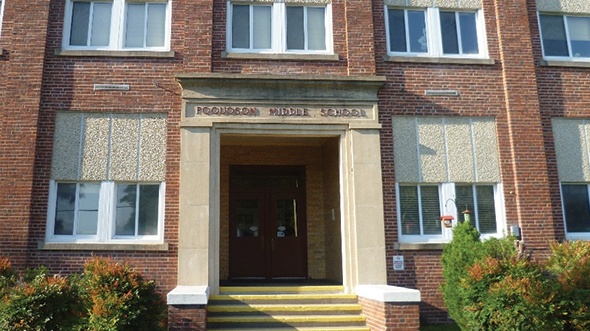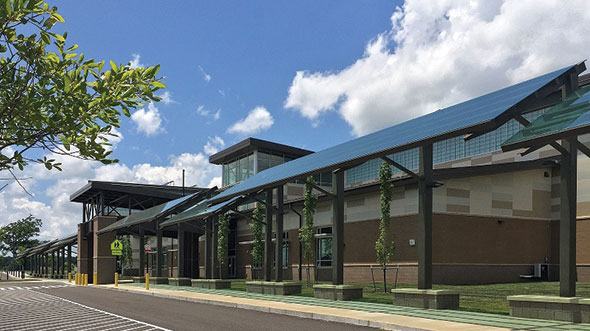
BLOG
—
School Design Grows Up: From One-Room Schoolhouses to 21st-Century Schools
We are well into the 21st century, with two decades under our belt. While some things over the years have changed dramatically, such as technology and medical advances, other things have taken longer to evolve. Let’s look at school buildings, the physical environment where educators and students pursue knowledge.
The first public schools in the United States were built in the late 18th and early 19th centuries. Typically, these were one-room schoolhouses, constructed in communities to teach a small number of students the basics of reading, writing and arithmetic. As communities grew and education evolved, additional subjects were added, like science, art, music and languages. Schools became larger to effectively house and better educate more students. These schools reflected our society and they prepared children for work and for life.
During the Industrial Revolution in the mid-19th century, school buildings took on the appearance of factories. They were designed with a centralized corridor that had classrooms on either side. Teachers delivered instruction to large groups of students who sat in rows of desks, facing the front of the classroom and listening. Learning was repetitive, structured and teacher driven, and the ability to provide differentiated instruction did not exist. This education method and school building design endured through much of the 20th century. There was a brief time in the 1970s when open classroom design was popular, but that faded away as quickly as it started.
In 2020, the majority of our school buildings were built at least 40 to 50 years ago during what was a much different era, and therefore do not reflect the needs of today’s students. To create a learning environment where students feel engaged, empowered, supported and challenged to learn, our schools need to be appropriate for the 21st century. We need to focus on educating students to enter into the workplace with skills that employers are looking for now, such as creativity, critical thinking and collaboration. We need to put the emphasis on students and support how they learn best. We need to provide flexibility in the school environment and allow for differentiated learning that can accommodate all learning styles. We need to allow school buildings to adapt to a changing pedagogy.
In 21st-century school design, we look beyond the four walls of the traditional classroom to create spaces that focus on student-centered learning, collaboration and transparency between learning environments. We do this to provide appropriate supervision while supporting student choice and creating secure environments that make students feel safe at school. We integrate technology as a tool for learning and embrace the virtual education it provides that is essential in today’s world. Technology plays a big part in expanding the classroom, and teachers play a greater role in helping students navigate the digital world.
Modern schools need to support group and individualized learning, hands-on education, project-based learning, opportunities for community use and global outreach. If we can teach all these things, we can create a learning environment that will enable every child to not only discover his or her unique gifts and talents, but also will enable all students to flourish and succeed in his or her 21st-century world.



